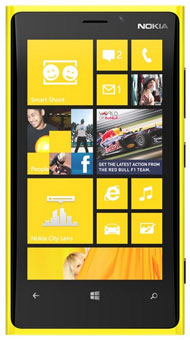The ruling by the Ninth U.S. Circuit Court of Appeals affirmed a lower court’s ruling last fall and lent further support to Dish as it markets the Hopper, a digital video recorder that comes with the ad-skipping feature, which has the potential to undermine the television advertising business. The Fox network, which sought the initial injunction and then appealed, said it was disappointed by the second loss in court and would “review all of our options.”
Fox’s parent company, 21st Century Fox, and the parents of CBS and NBC sued Dish after the distributor came out with the Hopper’s feature, called Auto-Hop, more than a year ago. Dish quickly countersued. With the injunctions now refused twice, the case may move to trial.
Unlike most digital video recorders, which require users to manually bypass ads, Auto-Hop skips right past all the ads in a show without any user involvement. It’s as if the ads are erased, though for legal reasons they are not. When combined with another Hopper feature that automatically records all of the prime-time shows on ABC, CBS, Fox and NBC, Auto-Hop is a godsend for some Dish customers.
Analysts said that Wednesday’s affirmation of a November district court ruling could compel other distributors to try adopting similar ad-skipping functionality. But at the moment none have, so Dish can continue to promote the Hopper as a reason to subscribe to its service instead of its competitors.
“This decision is a victory for American consumers, and we are proud to have stood by their side in this important fight over the fundamental rights of consumer choice and control,” Dish’s executive vice president and general counsel, R. Stanton Dodge, said in a statement.
Fox’s statement pointed out that “the bar to secure a preliminary injunction is very high.”
Rejecting Dish’s positioning, it said, “This is not about consumer choice or advances in technology. It is about a company devising an unlicensed, unauthorized service that clearly infringes our copyrights and violates our contract.”
In his ruling on Wednesday, Judge Sidney Thomas of the Ninth Circuit seemed skeptical of Fox’s copyright infringement claims, citing the Supreme Court ruling in the Sony Betamax case, which held that home recordings of shows were not infringements on copyright. The judge was more open to Fox’s argument that Auto-Hop breached Dish’s distribution contract with Fox, but was not persuaded to issue an injunction.
“It seems increasingly clear that the absolute control over all uses of their works that content owners such as Fox want is increasingly slipping through their fingers,” said Glynn S. Lunney, a Tulane University law school professor who has been closely following the Hopper case.
“While copyright never gave them absolute control, when copying and distribution technologies were large, expensive and bulky, as they were for most of copyright’s history, copyright could give content owners considerable control over where and how their content was distributed to consumers,” Mr. Lunney added. “As copying and distribution technologies have gone digital, consumers, not the content owners, are increasingly in charge of where and how they experience content. It’s hard to know where this sea change will lead us, but Dish’s victory is one more sign of consumers’ new authority over copyrighted works.”

Article source: http://www.nytimes.com/2013/07/25/business/media/court-upholds-ruling-on-dish-networks-hopper.html?partner=rss&emc=rss


